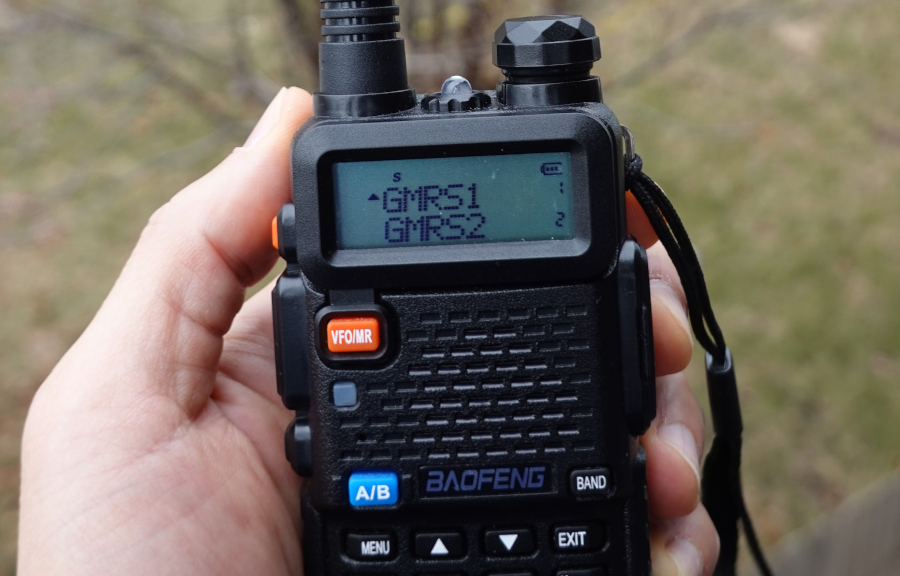Cognitive therapy, also known as cognitive behavioral therapy (CBT), is a powerful, evidence-based approach to mental health that focuses on identifying and changing negative thought patterns. Developed by Dr. Aaron Beck in the 1960s, cognitive therapy has been proven effective for anxiety, depression, stress, and a variety of emotional and behavioral issues. If you’re wondering how to practice cognitive therapy in your daily life, this guide offers simple, actionable steps to help you reframe your thinking and improve your emotional well-being.
What Is Cognitive Therapy?
Cognitive therapy is grounded in the idea that our thoughts, not external events, shape our emotions and behaviors. When we consistently interpret experiences in a negative or distorted way, it can lead to anxiety, depression, or low self-esteem. The goal of cognitive therapy is to challenge these automatic negative thoughts (ANTs) and replace them with more balanced, rational ones.
1. Become Aware of Your Thoughts
The first step in practicing cognitive therapy is awareness. Pay attention to your internal dialogue, especially in moments of stress, conflict, or self-doubt. Use a journal or a voice memo app to record these thoughts. Common examples of negative thoughts include:
- “I always mess things up.”
- “Nobody likes me.”
- “If I fail, I’m worthless.”
Recognizing these patterns is crucial for change.
2. Identify Cognitive Distortions
Cognitive distortions are irrational thought patterns that reinforce negative thinking. Examples include:
- All-or-nothing thinking: Seeing things as black or white.
- Catastrophizing: Expecting the worst-case scenario.
- Mind reading: Assuming you know what others are thinking.
Once you identify the distortion, label it. This creates distance between you and the thought, making it easier to reframe.
3. Challenge the Thought
Ask yourself:
- Is this thought 100% true?
- What’s the evidence for and against it?
- What would I tell a friend who thought this?
By examining the logic (or lack thereof) behind your thinking, you can begin to see your situation more objectively.
4. Replace with a Balanced Thought
After challenging the negative thought, replace it with something more realistic. For instance:
- From: “I’ll never succeed.”
- To: “I’ve struggled before, but I’ve also made progress. I can try again.”
This shift may feel forced at first, but over time, it rewires your brain for more adaptive thinking.
5. Practice Behavioral Experiments
CBT isn’t just about thinking differently—it’s about acting differently. Test your new thoughts in real life. For example, if you believe “No one wants to talk to me,” challenge that by starting a conversation and observing the result. These “experiments” help disprove irrational beliefs through real-world experience.
6. Use CBT Worksheets and Tools
Many therapists use structured worksheets to guide thought exercises. You can find free CBT resources online or in self-help books. Popular tools include thought records, mood logs, and ABC (Activating event, Belief, Consequence) worksheets.
7. Work with a Professional
While self-practice is effective, working with a licensed cognitive therapist can provide deeper insights and personalized guidance. Even short-term CBT can produce lasting benefits.
Conclusion
Practicing cognitive therapy is a proactive way to improve your mental health and emotional resilience. By learning to recognize, challenge, and reframe negative thoughts, you can break the cycle of anxiety, depression, and self-doubt. Whether used in self-help or with a therapist, CBT empowers you to take control of your mind—and your life.


